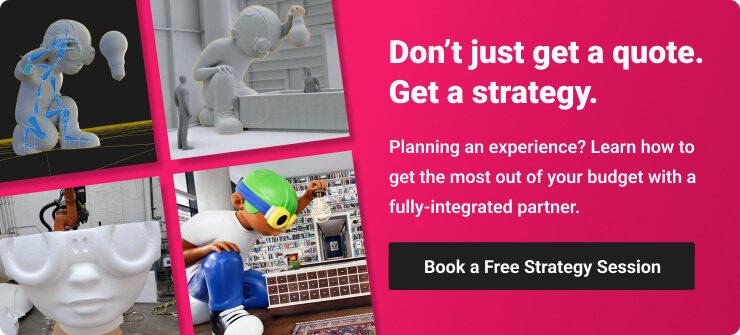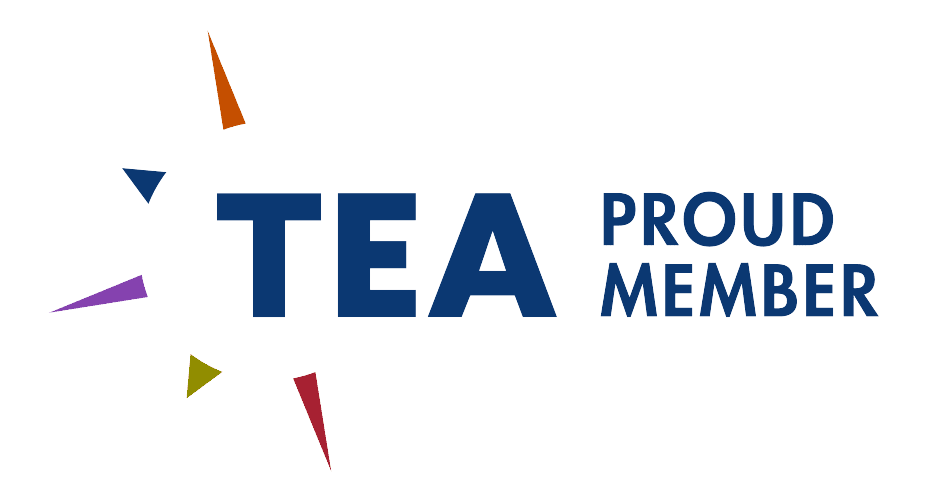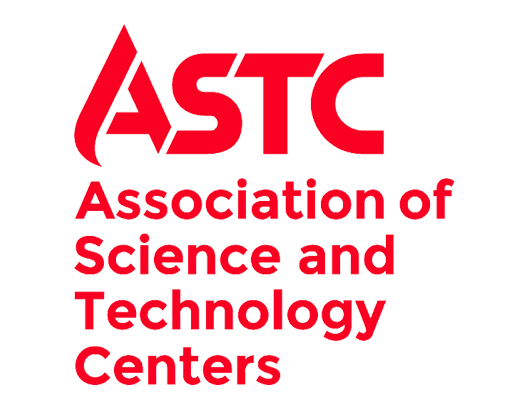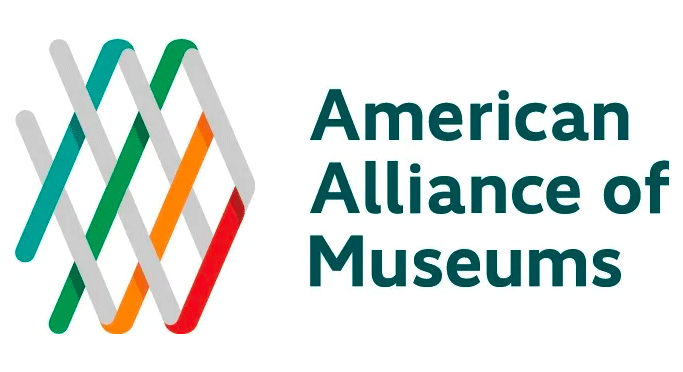Visitor expectations for immersive experiences are soaring. Museums, science centers, cultural heritage institutions, and others in the GLAM sector now find themselves navigating a complex landscape of audience demands, technological innovations, and unconventional competition when laying the groundwork for new projects. Today’s guests aren’t looking for static displays and predictable exhibits—they’re craving one-of-a-kind experiences that surprise and delight at every turn. And planning those experiences isn’t as straightforward as it used to be.
As a result, the line between interpretive planning and master planning has begun to blur. While they often remain separate planning exercises, these two processes are increasingly overlapping as organizations adopt a more holistic approach to the guest experience. For many, a hybrid solution is emerging that better aligns with stakeholder needs, short-term objectives, and long-term institutional goals.
In this article, we’ll explore the traditional standards of interpretive and master planning, as well as a hybrid option that bridges the gap between the two. The best part? There’s a right-fit solution for every organization.
Interpretive Planning for Museums
Interpretive planning has long been recognized as the foundational step for crafting meaningful visitor experiences. In a classic interpretive plan, the focus is on clarifying the ”who, what, and why” behind your museum’s stories:
Message & Theme Definition
What narratives does your institution want to share with its audience? What do you want visitors to learn or feel?
Audience Insights
Who exactly is walking through your doors (or exploring your digital platforms)? Families, school groups, tourists, academics? Understanding their motivations and backgrounds will shape your narrative and how it is presented.
Institutional Mission
Why will the narrative resonate with your audience in a way that supports the broader mission of your organization?
Traditionally, an interpretive plan ends where talk of exhibition design or the physical layout of the space begins. It’s about defining the stories and intended outcomes—not necessarily tackling building expansion plans, ticketing logistics, or operational tactics.
Master Planning for Museums
At the other end of the spectrum, a master plan steps back from the details of storytelling to take a comprehensive view of a museum’s vision for future growth and development. It is often considered to be a plan for “how” the interpretive plan will be executed in the pursuit of those goals, and may include facility planning, staffing, programming, and more:
Facility & Space
Where will new galleries, lobbies, or educational wings be located? How should visitor traffic flow through exhibitions?
Operations & Budget
How will staffing change if you double attendance? Can your current ticketing system accommodate new programs or expansions?
Phased Implementation
With major capital and exhibition design projects, you usually can’t do everything at once. Master plans often spell out which phases happen first, second, and so on.
Where interpretive planning zooms in on messaging and content strategy, master planning zooms out to see the full organizational picture, including expansions, architectural changes, and multi-year budgeting. If interpretive planning represents the “story” you’re telling, master planning is how you build the “stage” on which that story unfolds.
The Experiential Master Plan
Increasingly, museums and cultural heritage institutions are recognizing the need for an interpretive plan that includes more than storytelling themes and audience research. A plan that addresses the wider gamut of interconnected details in a modern immersive experience. Enter the hybrid approach—commonly referred to as the experiential master plan.
An experiential master plan goes beyond the binaries of interpretive vs. master planning by integrating elements of both:
Comprehensive Scope
This approach tackles interpretive planning (stories and audiences) side by side with master planning (facility layout, operational needs). You’re laying out “what” the experience is and addressing “how” it will be realized in one exercise.
Beyond the Walls
The experiential master plan considers the guest experience long before visitors enter the door, and long after they leave—from the moment they learn about your museum to lasting impressions and future touch points.
Dynamic & Action-Oriented
Rather than producing a static binder that sits on a shelf, an experiential master plan is often delivered as a living roadmap. It may detail near-term steps—such as upgrading interactive exhibits or renovating a lobby—and also outline future expansions, ensuring each phase builds upon the last.
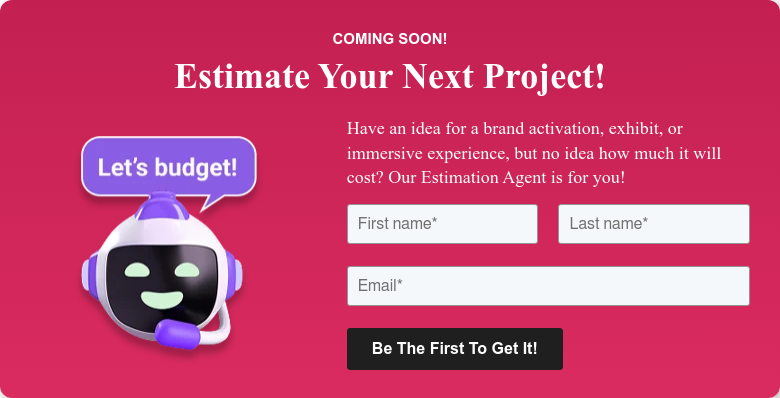
Marrying Story and Space
Story-driven interpretive planning was traditionally a separate process from the infrastructure-heavy task of master planning—but today’s technology driven experiences often benefit from addressing both practices together. When story and space are integrated into one planning effort, key challenges can be addressed earlier in the process.
Will digital interactives create traffic bottlenecks? What problems will the space present for sound design? Will lighting conditions become a major issue? These and other spatial considerations can have a profound impact on the guest experience and should be part of the storytelling conversation from the beginning. In fact, waiting to address these complications until later in the design and production phases is a recipe for costly backtracking.
An experiential master plan also helps future-proof your project. When content updates, maintenance, and operational adjustments are considered from the start, you’ll minimize the total cost of ownership over the long term.
Streamlining Design and Production
A well-crafted plan—whether interpretive, master, or experiential—pays dividends when it’s time to hire museum design firms, exhibition design consultants, or production vendors. Clear guidance on content themes, audience expectations, spatial allocations, and operational constraints ensures each vendor understands their role and how it fits into the bigger picture. Instead of wasting time and budget addressing misalignments mid-project, your team can move forward confidently, knowing everyone is working from a shared vision.
Contracting third-party vendors for fabrication, technology integration, or media production? The sooner you share the relevant sections of your plan with them, the better. Early alignment with external specialists is the best way to prevent scope gaps, schedule delays, and costly revisions.
Bridgewater Studio: A Partner for Every Stage
When it comes to museum planning, there’s no one-size-fits-all solution. You might need a straightforward interpretive plan, a broad museum master plan, or a more integrated experiential master plan that unifies storytelling and logistics. Whichever path you choose, the biggest gains come from careful coordination, a clear roadmap, and a partner who understands every phase of the process.
At Bridgewater Studio, we specialize in guiding institutions through strategy, design, and production from start to finish. Our goal is to eliminate the gaps that too often emerge with different partners across different project phases, ensuring a cohesive visitor experience that’s both mission-aligned and feasible within your budget.
Effective planning is ultimately about aligning your organization’s goals, narrative, and resources to deliver impactful experiences for your visitors. By tailoring a planning method to your specific needs, you’ll set your project up for success early with a unified strategy.
Ready to explore the best planning approach for your museum or cultural institution? Schedule a free strategy session with Bridgewater Studio today. We’ll help you define your vision, determine the right level of planning support, and ensure your project moves forward with clarity and purpose.
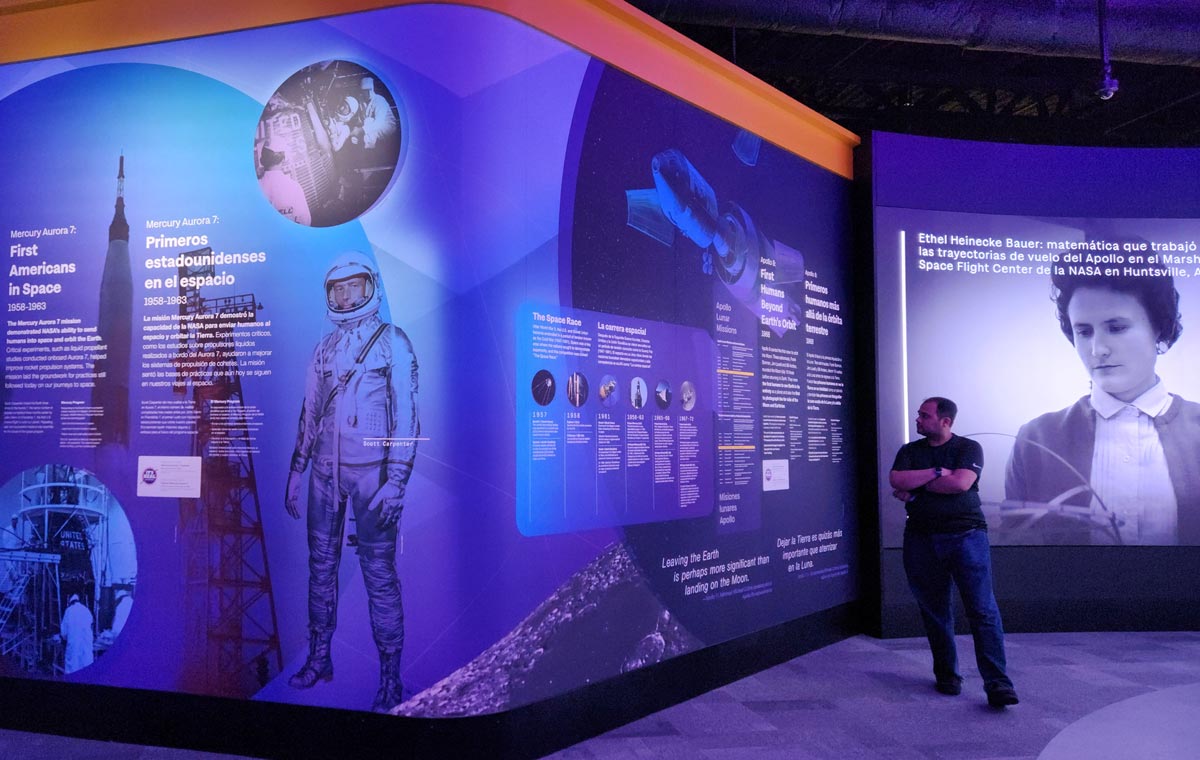

.png)
.png)
.png)
